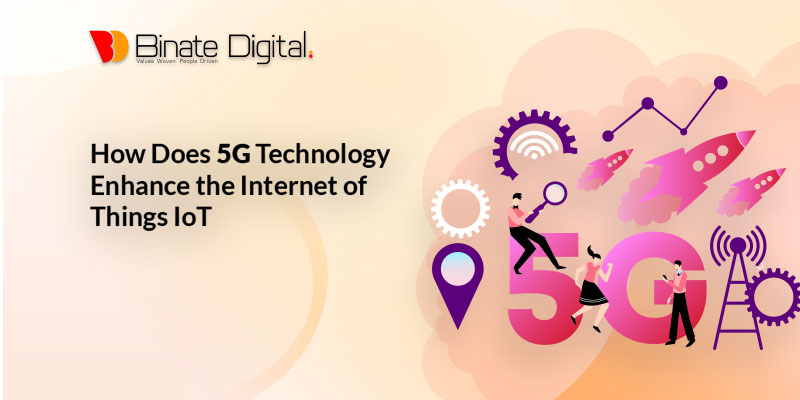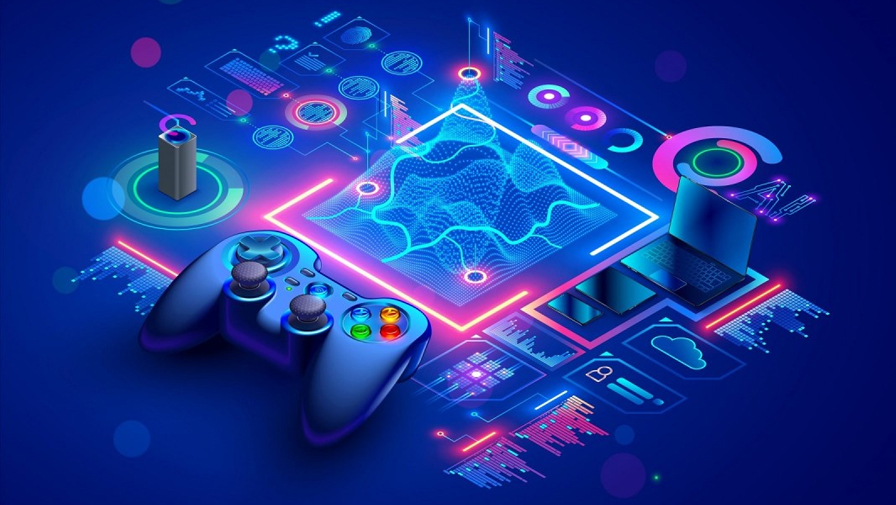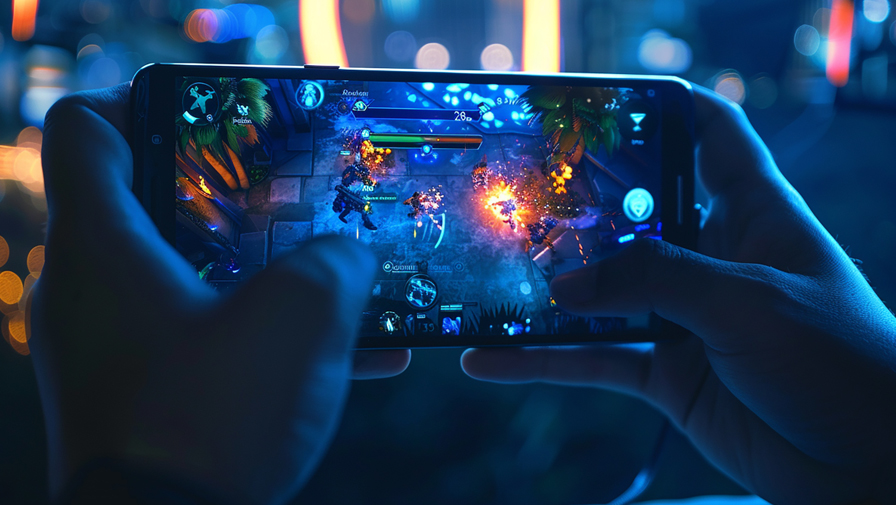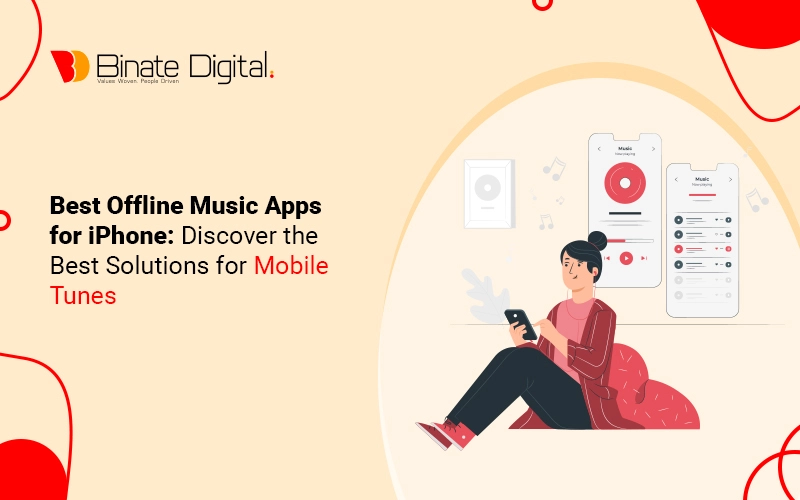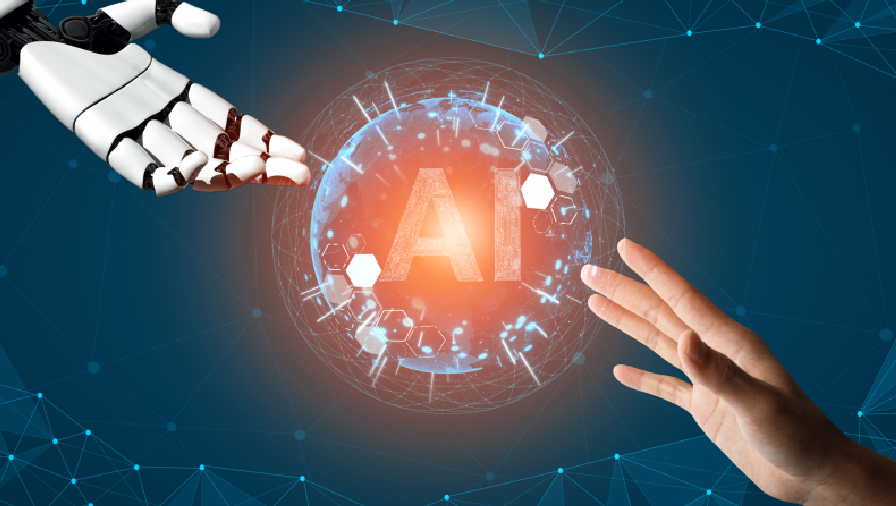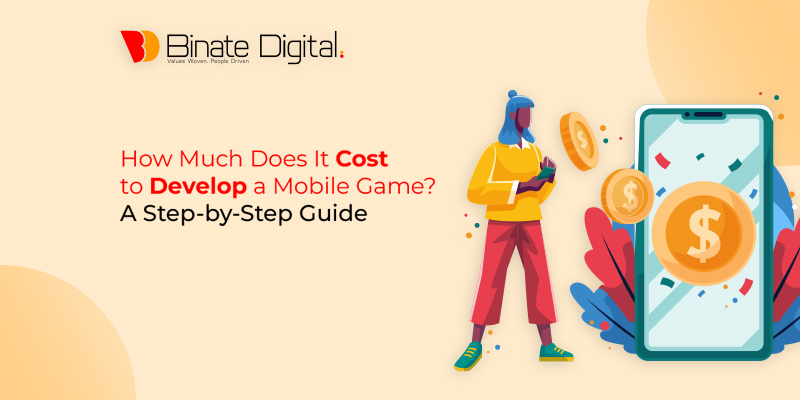The first thing that comes to mind when it comes to understanding more about how 5G technology improves the IoT is what 5G technology is. 5G technology is the last transition in wireless cell phone technology, delivering quicker data transmission, fewer interruptions, and nurturing network power over the past few years.
It aims to promote varied unique applications and utilization examples, like IoT, self-driving automobiles, virtual and additive validity, and much more. Therefore, 5G technology improves the IoT. This technology is essential. 5G technology has importance in the Internet of Things (IoT).
5G Technology also proposes multiple edges that can aid you in apprehending how is 5G technology enhancing the IoT. Let’s begin this article by learning more about how 5G technology can facilitate the Internet of Things.
On this Article
What is IoT?
IoT, or the Internet of Things, is an approach that permits physical entities to associate and communicate in real time with each other utilizing the Internet. These “things” can involve automobiles, buildings, smart home devices, etc.
The IoT system consists of four main components:
- Sensors – They gather data from the surroundings and transform it into signals that can be transferred over the Internet.
- Connectivity – Detectors can be linked to the cloud through various techniques, such as 5G.
- Data processing – Data needs to be processed, interpreted, and reserved by IoT software after being collected.
- User interface – This feature allows users to interact with devices. For example, people can obtain a warning and supervise and manage interconnected physical entities.
5G Technology Enhancing IoT
The IoT is a network of interlinked physical tools, vehicles, installations, and countless other things fitted with software, sensors, and associations to collect and communicate facts.
5G technology has emerged as the next big thing in the field of telecommunications, promising more rapid data transfer speeds, inferior latency, and increased reliability than its precursor, 4G.
The variety of IoT app development services and 5G technology can revolutionize enterprises and bring about meaningful transformations in how we live, work, and interact with the world around us.
Faster Data Transfer Speeds
The capability of 5G technology to share data at faster speeds is one of its immediate edges. The moderate download speed of the current 4G technology is 20 Mbps, whereas 5G technology can deliver download speeds of up to 10 Gbps. 5G technology’s faster data transfer speeds will permit IoT devices to communicate more efficiently and in real-time. This indicates that IoT devices can quickly and accurately process data, resulting in a more seamless and integrated experience.
Lower Latency
Latency is the amount of time it takes for data to travel from one place to another. Latency can greatly affect implementation at an affordable app development company. For example, even a few milliseconds of uncertainty in autonomous vehicles can result in a wreck. 5G technology is predicted to reduce latency to less than one millisecond, which is incredibly faster than 4G technology. This means that IoT devices will be competent to communicate in real-time with one another, permitting quicker decision-making and more efficient processes.
Higher Reliability
Another important reflection in IoT applications is dependability. In critical applications such as healthcare and transportation, the collapse of an IoT device can have severe outcomes. 5G technology enhancing IoT guarantees to be more steadfast than its precursor, with network accessibility of up to 99%. This means that IoT devices will have a more useful possibility of staying interconnected to the network, decreasing downtime, and improving prevalent system dependability.
Enhanced Security
Security has become crucial with the increasing number of IoT devices. Because of the considerable number of devices and their dispersed nature, they are tolerant of cyber-attacks. 5G technology guarantees enhanced security by allowing network segmentation and edge computing. Network slicing authorizes the design of various virtual networks for multiple types of IoT devices, which can be tailored to satisfy distinctive safety demands. On the other hand, Edge computing permits data processing to occur at the machine level, decreasing the amount of data that must be shared across the network and, as a result, the threat of cyber-attacks.
Improved Energy Efficiency
Batteries repeatedly power IoT devices, and their energy consumption is an essential aspect of their operation. 5G technology pledges to enhance energy efficiency by permitting devices to share and obtain data more quickly, lowering the amount of time they must be engaged. This can lead to substantial energy savings and more extended battery life, which is especially vital in applications where IoT devices are unavailable, such as in remote areas or underground.
New Applications and Use Cases
The confluence of 5G technology and IoT is predicted to result in many new applications and use cases. In the healthcare industry, for example, IoT devices can be utilized to remotely observe patients, decreasing the demand for hospital visits and enhancing patient results. IoT devices in the manufacturing industry can be utilized to observe and optimize production procedures, resulting in improved efficiency and cost savings. IoT devices can be utilized in the transport industry to allow autonomous automobiles, reducing the chance of casualties and boosting general system security. The probabilities are unlimited, and we can anticipate meaningful development.
Enables Connectivity of more Devices
The need for IoT is gaining popularity as it is a suitable tool to attach to the Internet for daily tasks. And with 5G technology delivering increased speeds and inferior latency, it is perfect for IoT devices, as 5G can connect more devices to the network and deliver real-time data.
Improves Coverage for IoT Devices
Though IoT applications are gaining popularity for achieving tasks, they need finer coverage. The beginning of 5G technology is sure to deliver more effective and trustworthy signals and improve range. 5G also enhances speeds, which are necessary for IoT applications demanding real-time data transmission.
IoT Testing Advice
To sufficiently schedule your present and future IoT testing movements, consider testing guidance that can aid you in conducting a more significant trial for your IoT projects.
- Expand Test Coverage
First, IoT trials need a vast test range. The retail hit of IoT is related to its capability to be consistent with multiple new and old smartphones and tablets. Building an IoT that can perform sufficiently across different mobile operating techniques and smartphones with varying components of hardware takes work because of fragmentation. As a result, it is vital to monitor many gadgets or configurations to find bugs that emerge from deterioration.
- Test from all angles
Second, IoT tests must be executed from diverse angles to reveal bugs impacting IoT and its affiliated software, most probably a mobile application. It is also vital to test the functionalities and utility of the IoT and software to acquire an accurate report of the standard of connectivity (object to software, software to object, and conduct in the chance of interchanges).
- Test Bluetooth and WiFi Connections
Third, test the IoT’s capacity to link or pair with mobile phones and other smart devices. In particular, confirm that the IoT can connect to other appliances through Bluetooth and WiFi networks. Connecting and being linked to another device or network can be tough. Bugs that simulate an IoT’s associations can interfere with its capacity to intercommunicate and transfer data continuously, making it pointless. Experimenting with an IoT’s proficiency to link to other appliances appropriately is necessary to bypass these issues.
Conclusion
Overall, the confluence of 5G technology and IoT maintains the possibility of revolutionizing businesses and resulting in significant progress. 5G technology’s quicker data transfer speeds, lower latency, higher dependability, improved security, enhanced energy efficiency, and latest applications and use cases will allow IoT tools to interact quickly and more effectively, leading to more promising decision-making, expanded productivity, and enhanced security and protection. We can conclude with the preceding discussion that the Internet of Things is enriched through 5G technology.

